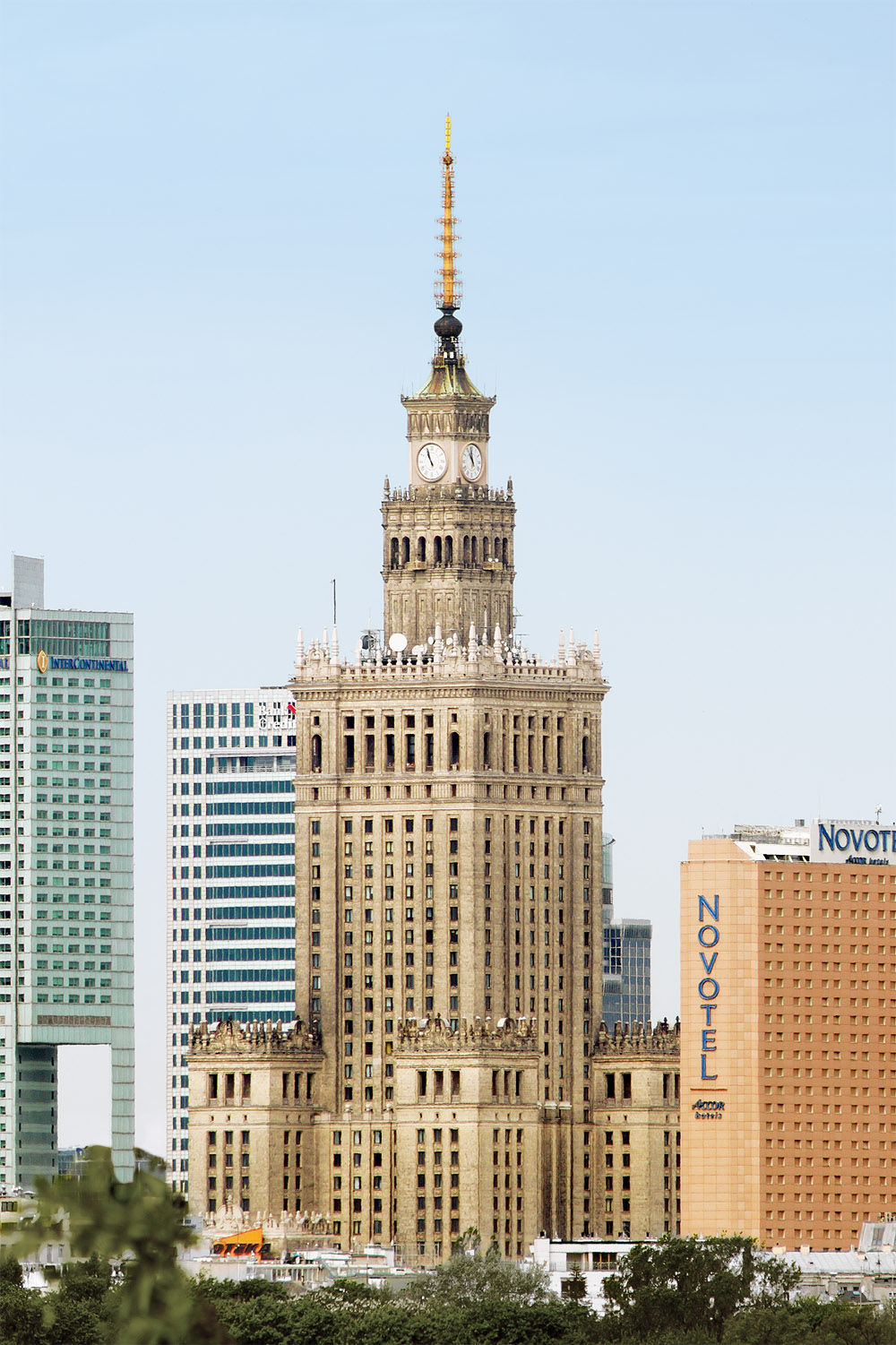My first day in Warsaw on this tour with my hosts Michael & Ruth Leiserowitz.
Michael is an official guide at POLIN and Ruth is an eminent German historian.
Ruth Leiserowitz – Wikipedia
Ruth Leiserowitz (born Ruth Kibelka, December 25, 1958, in Prenzlau, Brandenburg) is a German historian. Her work and study primarily deal with the wolf children, a group of German children orphaned at the end of World War II in East Prussia. Since 2009, she has been the deputy director of the German Historical Institute in Warsaw. In 2014, she was awarded the Cross of Merit First Class of the Order of Merit of the Federal Republic of Germany by German president Joachim Gauck.[1]
Source: en.wikipedia.org/wiki/Ruth_Leiserowitz
Michael and Ruth work with me on the the Kaliningrad and Sovetsk KehilaLinks Jewish websites for Jewishgen.org
Two updated important booklets for Warsaw and the Jewish Warsaw map.



Our first stop is Wilanow Palace
Wilanów Palace – Wikipedia
Wilanów Palace or Wilanowski Palace (Polish: pałac w Wilanowie, Polish pronunciation: [ˈpawat͡s vvilaˈnɔvjɛ]) is a royal palace located in the Wilanów district, Warsaw. Wilanów Palace survived Poland’s partitions and both World Wars, and so serves as a reminder of the culture of the Polish state as it was before the misfortunes of the 18th century.
Source: en.wikipedia.org/wiki/Wilanów_Palace
The Palace of Culture and Science
Palace of Culture and Science – Wikipedia

Constructed in 1955, the Palace of Culture and Science (Polish: Pałac Kultury i Nauki; abbreviated PKiN) is a notable high-rise building in Warsaw, Poland. It is the center for various companies, public institutions and cultural activities such as concerts, cinemas, theaters, libraries, sports clubs, universities, scientific institutions and authorities of the Polish Academy of Sciences. Motivated by Polish historicism and American art deco high-rise buildings, the PKiN was designed by Soviet architect Lev Rudnev in “Seven Sisters” style and is informally referred to as the Eighth Sister.
Source: en.wikipedia.org/wiki/Palace_of_Culture_and_Science
Warsaw – Wikipedia
Warsaw (Polish: Warszawa [varˈʂava] ( listen); see also other names) is the capital and largest city of Poland. It stands on the Vistula River in east-central Poland, roughly 260 kilometres (160 mi) from the Baltic Sea and 300 kilometres (190 mi) from the Carpathian Mountains. Its population is estimated at 1.750 million residents within a greater metropolitan area of 3.101 million residents,[3] which makes Warsaw the 9th most-populous capital city in the European Union. The city limits cover 516.9 square kilometres (199.6 sq mi), while the metropolitan area covers 6,100.43 square kilometres (2,355.39 sq mi).[4]
Source: en.wikipedia.org/wiki/Warsaw
The Nozyk Synagogue
Nożyk Synagogue – Wikipedia

The Nożyk Synagogue (Polish: Synagoga Nożyków) is the only surviving prewar Jewish house of prayer in Warsaw, Poland. It was built in 1898-1902 and was restored after World War II. It is still operational and currently houses the Warsaw Jewish Commune, as well as other Jewish organizations.
Source: en.wikipedia.org/wiki/Nożyk_Synagogue
Like this:
Like Loading...






















































































































